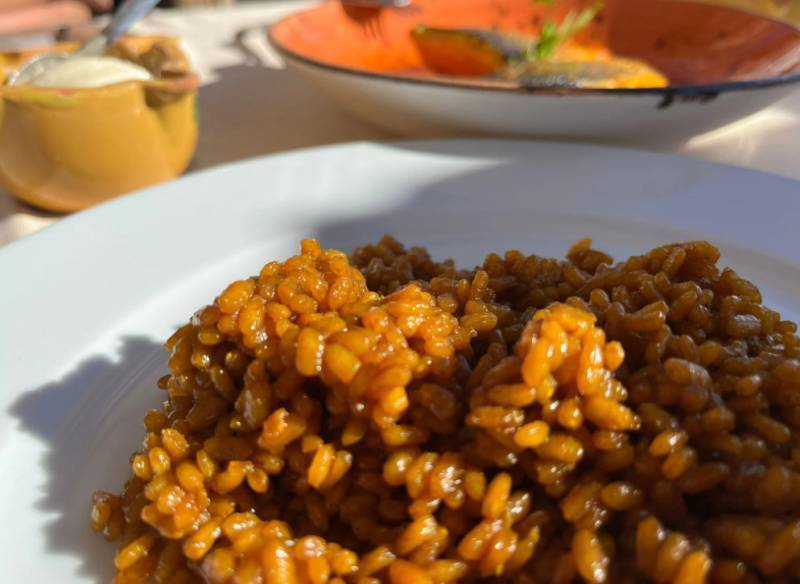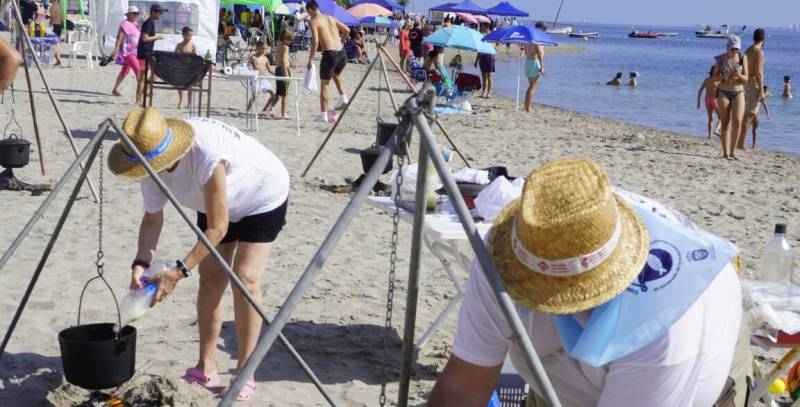

Guidelines for submitting articles to San Javier Today
Hello, and thank you for choosing sanjavier.today to publicise your organisation’s info or event.
San Javier Today is a website set up by Murcia Today specifically for residents of the urbanisation in Southwest Murcia, providing news and information on what’s happening in the local area, which is the largest English-speaking expat area in the Region of Murcia.
When submitting text to be included on San Javier Today, please abide by the following guidelines so we can upload your article as swiftly as possible:
Send an email to editor@spaintodayonline.com or contact@murciatoday.com
Attach the information in a Word Document or Google Doc
Include all relevant points, including:
Who is the organisation running the event?
Where is it happening?
When?
How much does it cost?
Is it necessary to book beforehand, or can people just show up on the day?
…but try not to exceed 300 words
Also attach a photo to illustrate your article, no more than 100kb

Caldero, the best-known culinary speciality of Los Alcázares and the Mar Menor
One of the most iconic dishes of the Costa Cálida and an unforgettable sensation for the taste buds!
 No visit to the Los Alcázares is complete without sampling the local cuisine, which is promoted under the slogan “Los 1.001 sabores de la Región de Murcia” (The 1,001 flavours of the Region of Murcia) and which features a wide range of fish, seafood, vegetable, rice and meat dishes to delight all palates.
No visit to the Los Alcázares is complete without sampling the local cuisine, which is promoted under the slogan “Los 1.001 sabores de la Región de Murcia” (The 1,001 flavours of the Region of Murcia) and which features a wide range of fish, seafood, vegetable, rice and meat dishes to delight all palates.
Given the geographical location, though, it is no surprise that it is within the field of fish and seafood that Los Alcázares excels more than any other, and one of the most popular specialities is the “caldero” of the Mar Menor area. This dish is proof, if it were needed, that iconic flagship dishes need not contain expensive or rare ingredients, and that in some cases the taste relies simply on the quality of the ingredients and the manner in which they are prepared.
In simple terms, caldero consists of rice cooked in a broth made using fish and the “ñora” peppers which are such a common feature of Murcia’s cuisine, and is perfect for replenishing the batteries after a hard morning on the beach or out at sea. It is usually served on two plates, one for the rice and the other for the fish, which is separated from the broth, both accompanied by garlic mayonnaise.
The dish has its roots in the practices of local fishermen in the past, when they were determined to make the most of the whole of their catch. The less valuable fish would be separated out to create food for themselves and their families, along with peppers, parsley and tomato, but over time this “secondary” dish gained favour among other locals and visitors to the area.
 Many restaurants have made their own innovations (including some with noodles rather than rice) but essentially the caldero remains as it always has been since it was first enjoyed in these parts. Nowadays in some cases the preference is to use more highly valued fish, such as bream, mullet and the species known locally as “gallineta” and “lecha”, and sometimes different kinds of rice are used, but all of these are small tweaks to the original speciality.
Many restaurants have made their own innovations (including some with noodles rather than rice) but essentially the caldero remains as it always has been since it was first enjoyed in these parts. Nowadays in some cases the preference is to use more highly valued fish, such as bream, mullet and the species known locally as “gallineta” and “lecha”, and sometimes different kinds of rice are used, but all of these are small tweaks to the original speciality.
It may be simple, but the best caldero takes 90 minutes to prepare, and on the national holiday of 12th October the beaches in Los Alcázares are full of locals and visitors setting up their own country kitchens with pots and pans over open fires and enjoying one of the deepest-rooted culinary traditions in the Region of Murcia – never mind the “Día de la Hispanidad” fiesta, in Los Alcázares this is Caldero Day!!
For more local information contact the tourist offices in Los Alcázares or go to the home page of Los Alcázares Today.





